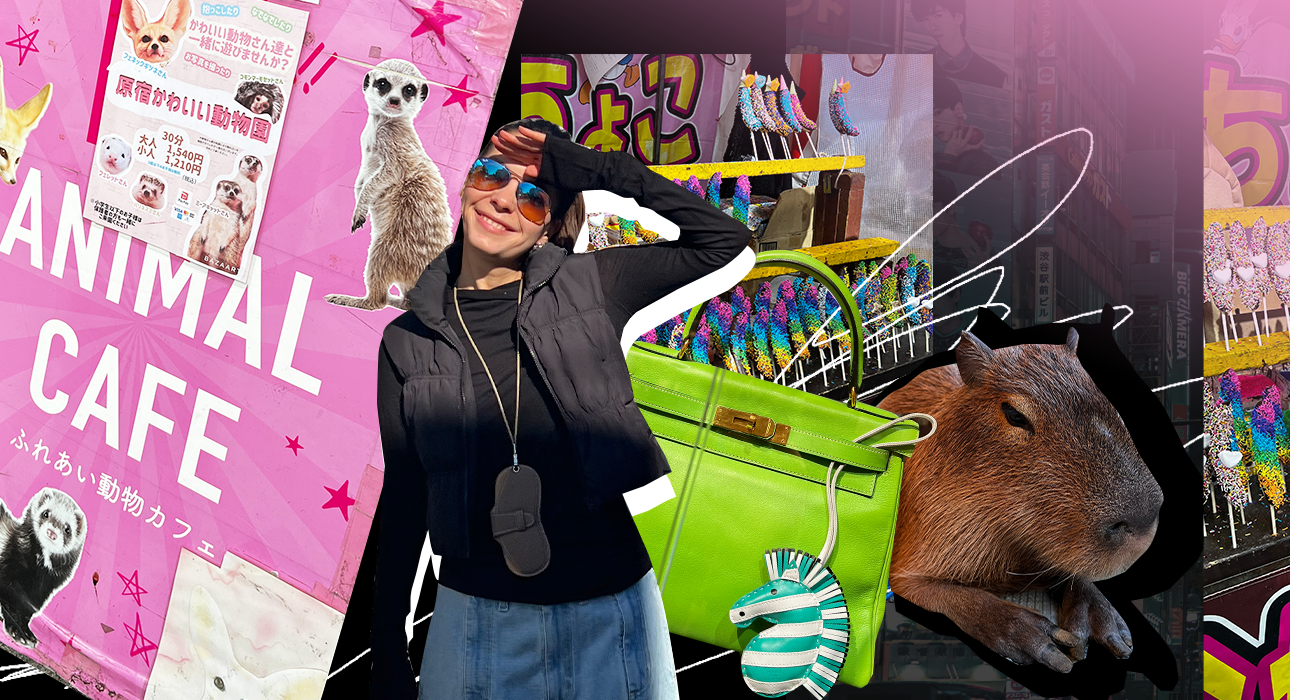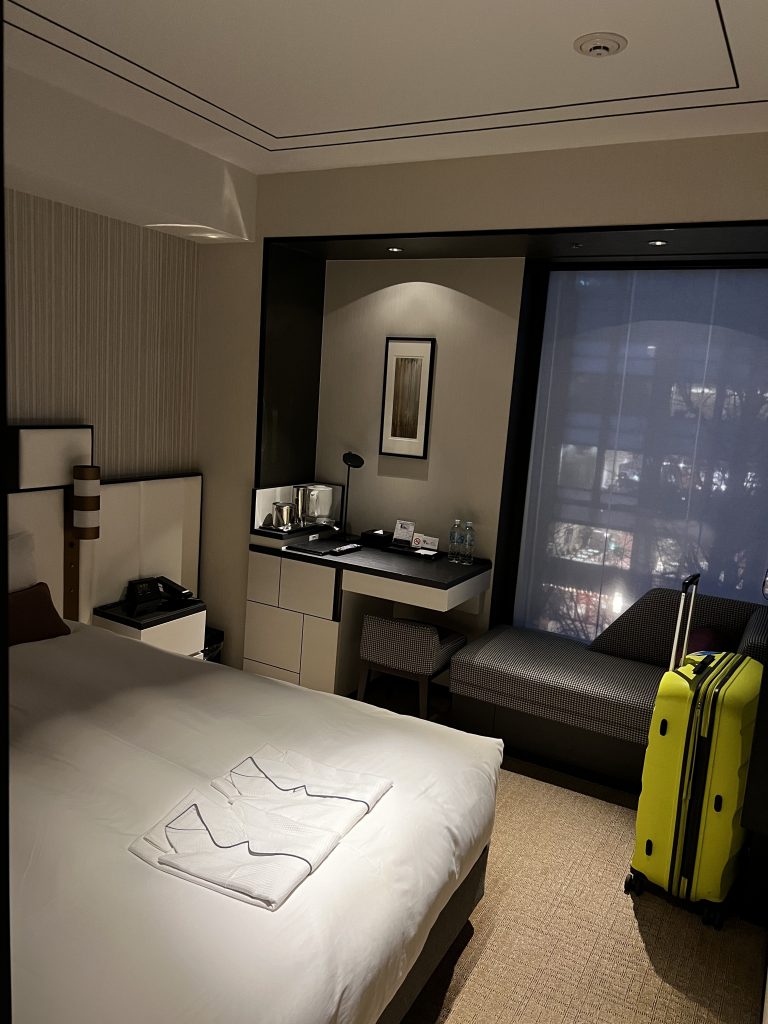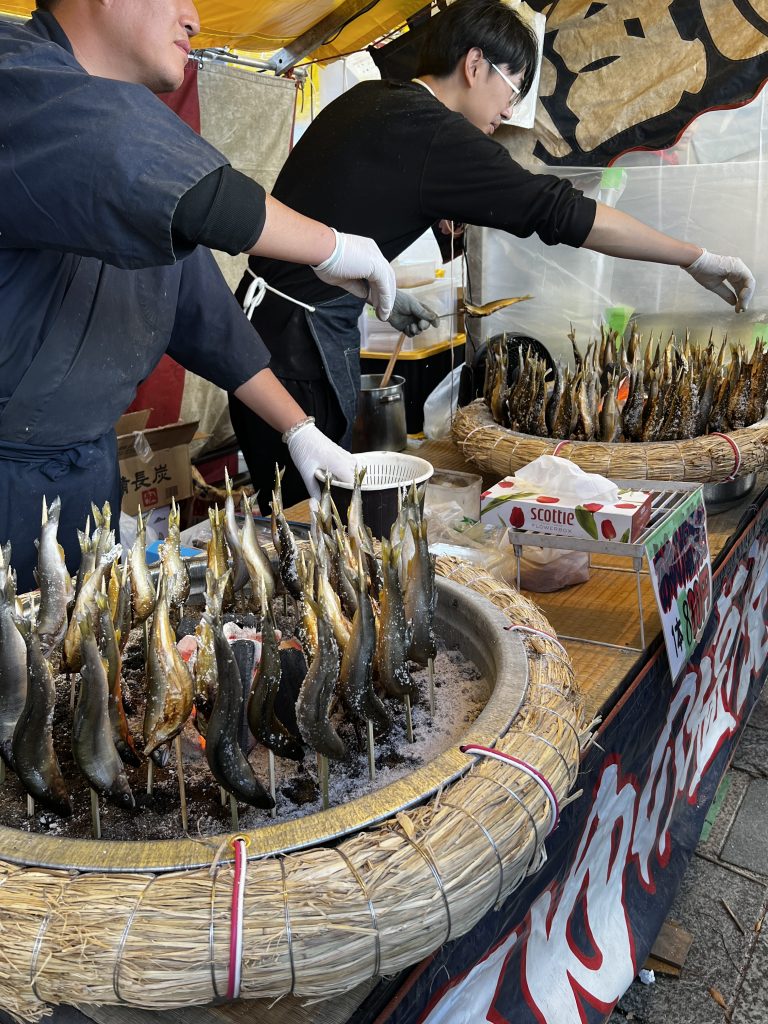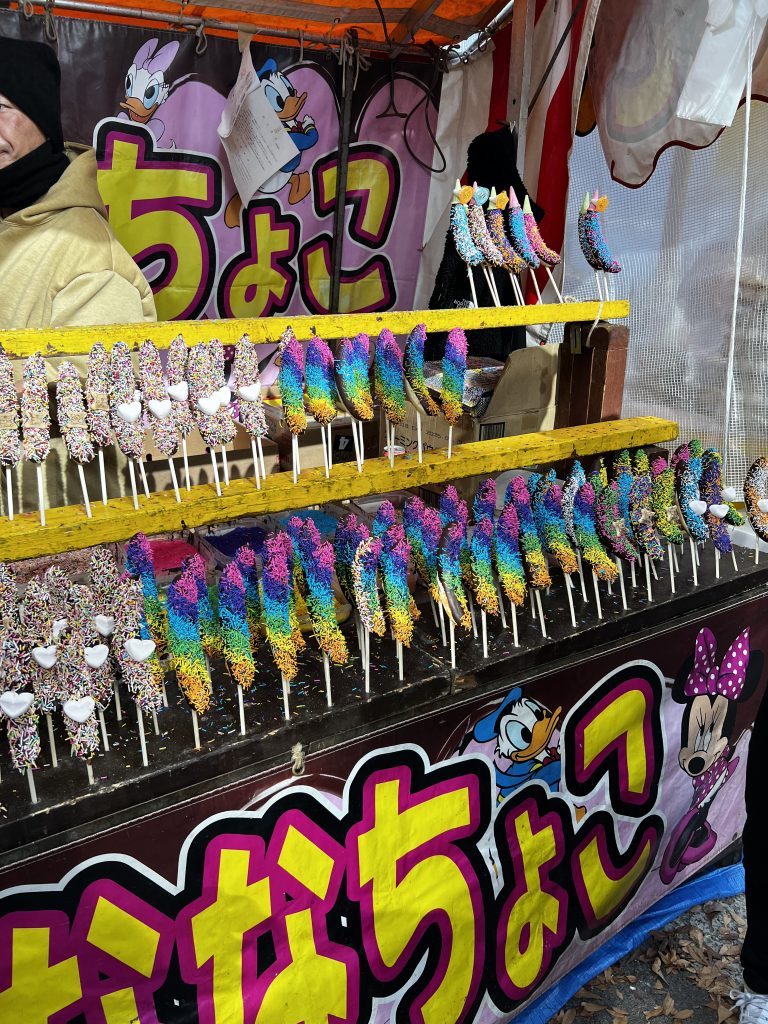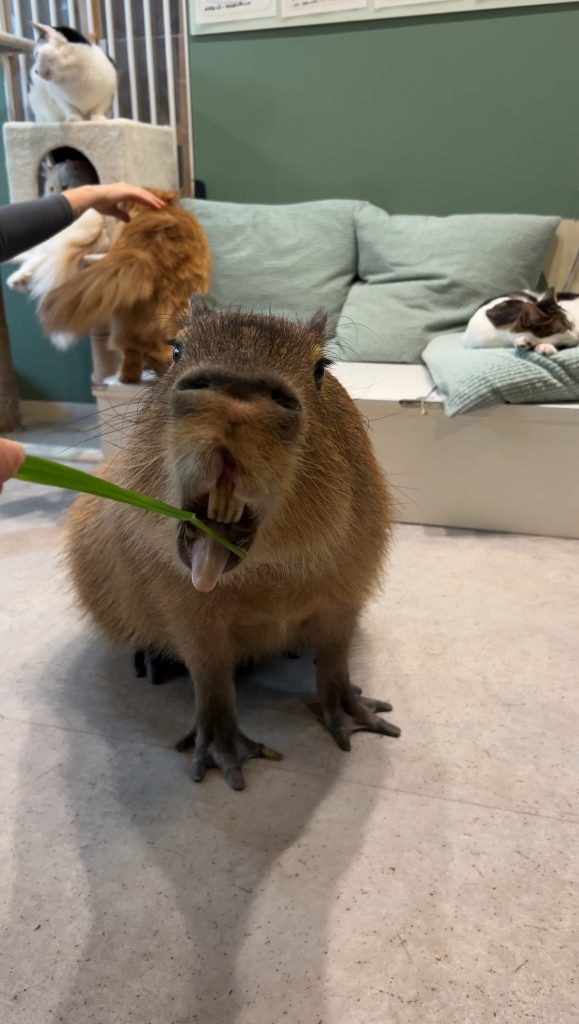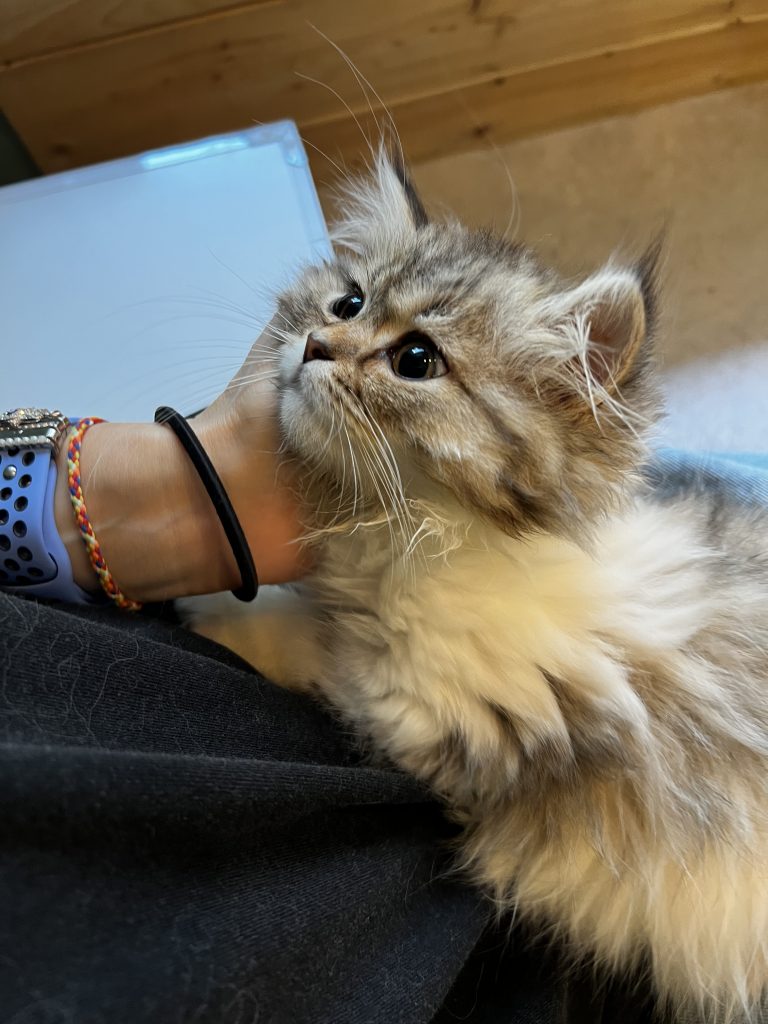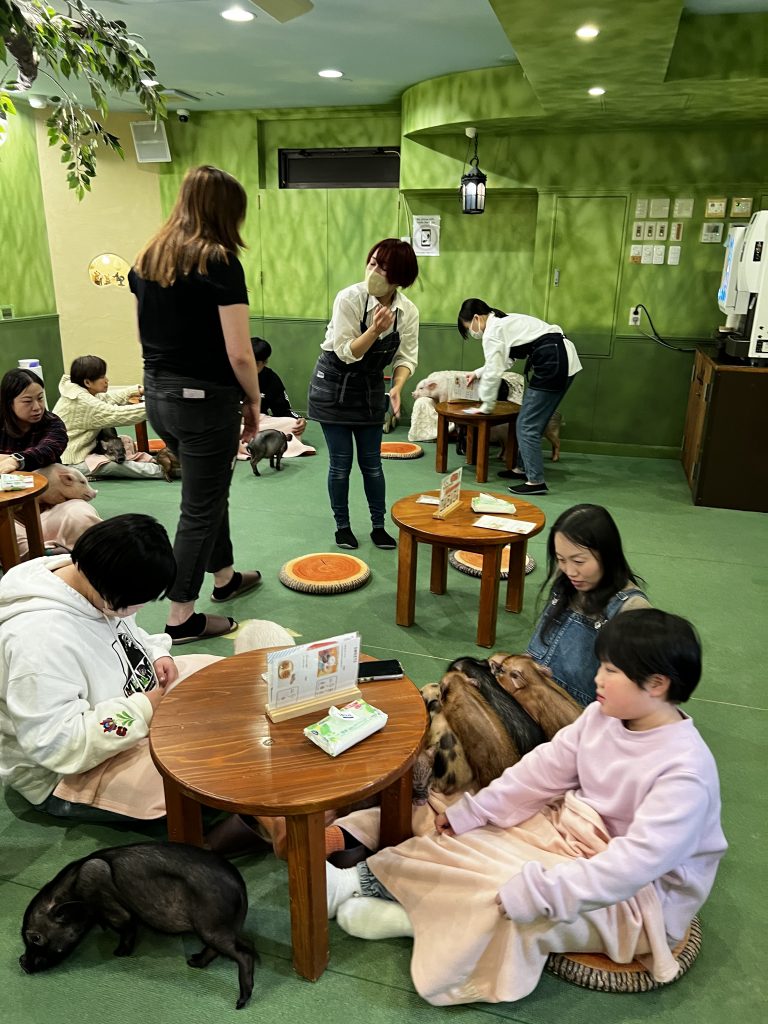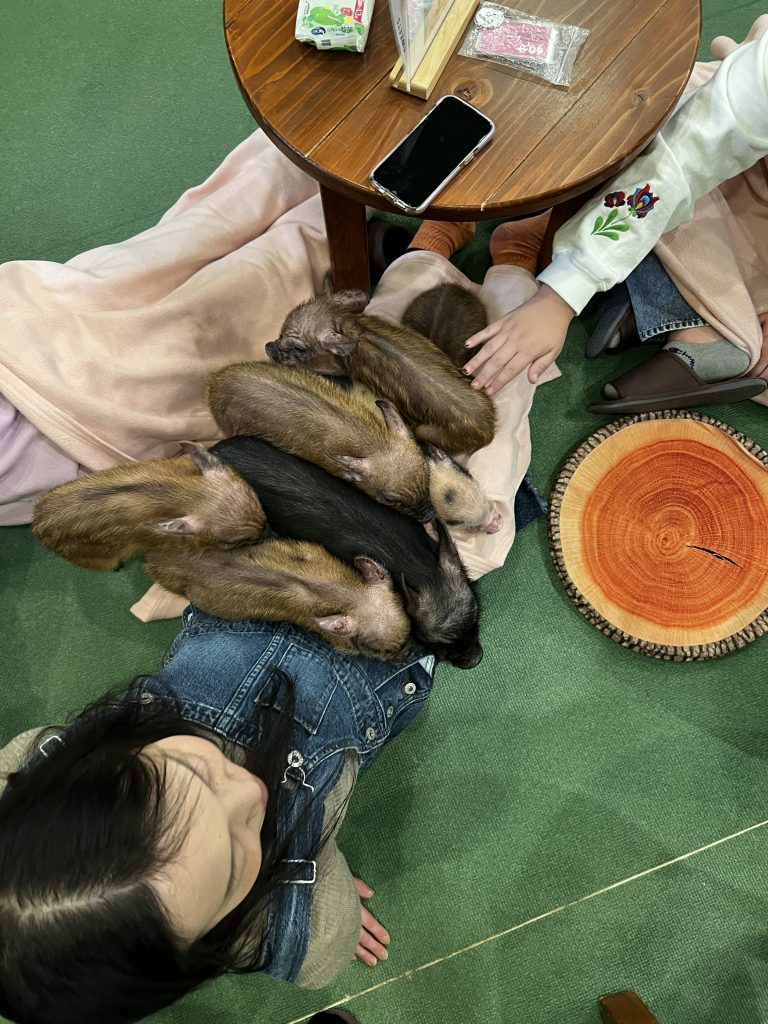For some reason, Japan is not very popular among Russian tourists, but at the same time, almost every first-time visitor says that this is a dream destination for them. So why create maps and routes of desires when you can just buy a ticket and fly?
It is not clear who and why came up with the myth that Japan is almost the most expensive country in the world (apparently they were not in Switzerland). Maybe to protect this beautiful country from caricatured tourists eating boiled corn on the beaches and imitating gorillas at the zoo.
The Fashion Vibes columnist Anya Baturina visited the Land of the Rising Sun, drank coffee with a capybara, tried poisonous puffer fish and counted how much she spent there.

Anya Baturina, author of the Telegram channel “Gastrology”
Why should we go?
Different answers to this question may be given depending on the season. In spring – for the sake of hanami, this word was coined specifically for the process of enjoying cherry blossoms. In the summer – for fireworks (and sales), on the last Saturday of July Tokyo hosts a spectacular fireworks festival on the Sumida River. In autumn – for the sake of mimoji-gari, that is, to admire the fading maple. And in winter – to receive the blessing of the gods for the New Year. The main holiday of the year is usually celebrated here not at noisy parties or even at home with the family near the Christmas tree, but in line in the temple.
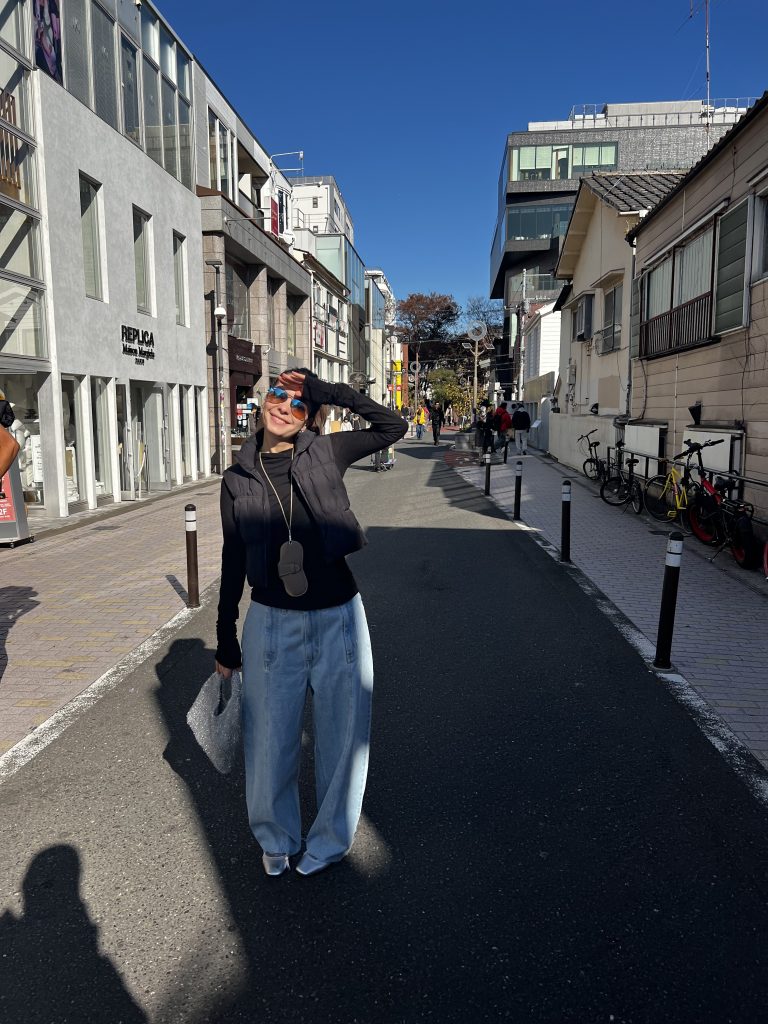
I went to Tokyo just in time for the new year. Generally, three days are given to visit the temple, from January 1st to January 3rd, although many people celebrate the new year’s moment by making wishes at the sanctuary. At around 11:35pm, I was surprised to see a huge line surrounding the entire house, and at the end of the line was a specially trained person holding a banner so I wouldn’t have to ask who the last one was. The journey to the temple took about two hours, and not a single “European” appeared during this time.
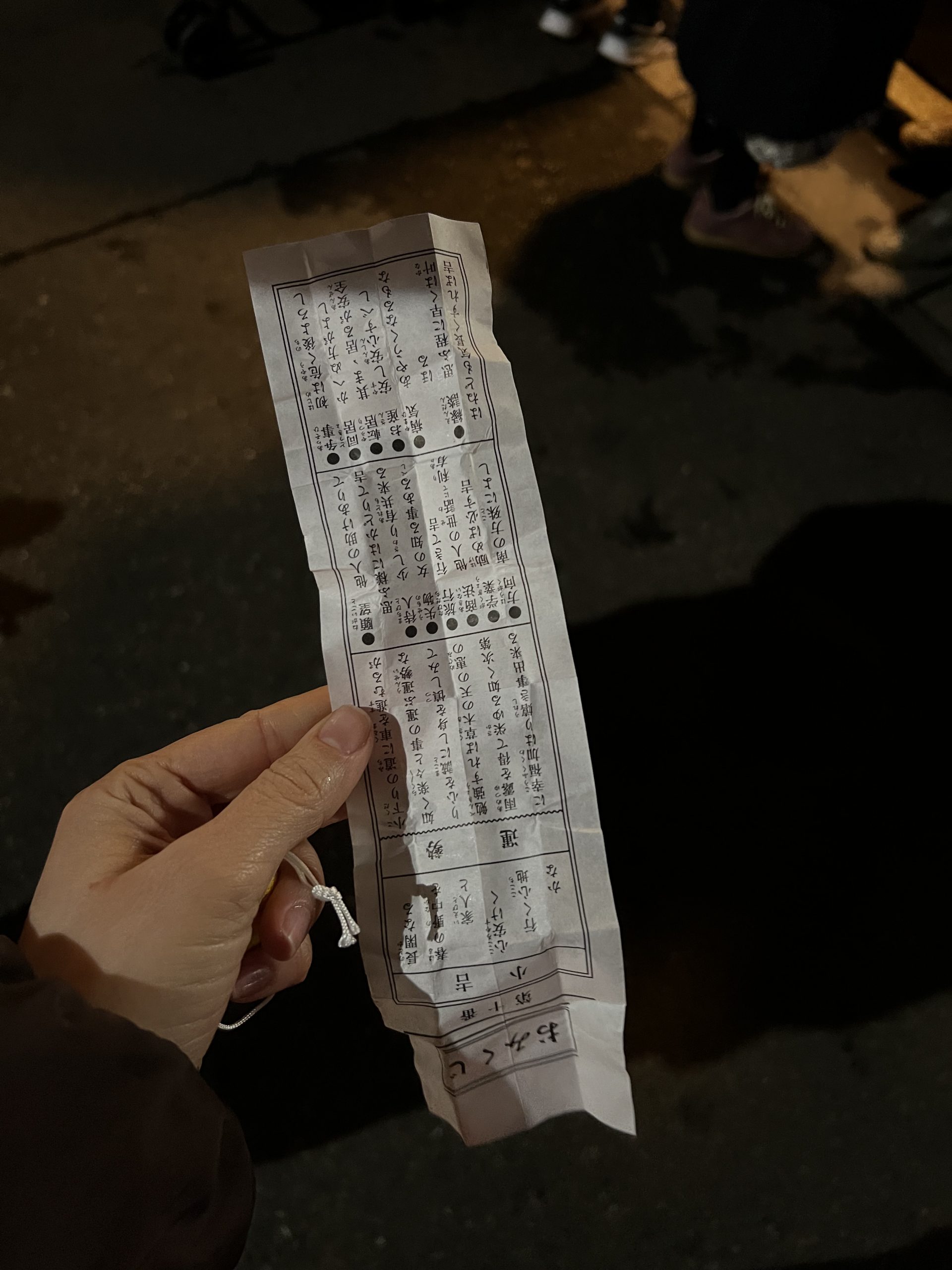
The most difficult thing started during the rituals, although Google helped me find out at what moment the wishes came true and to make an actual prediction for the year, I had to research the mechanics of the actions from the locals. . Flip a coin – make a wish while looking inside the temple; toss a coin – (literally) wash the money; flip a coin – get a guess and get something else edible. The problem was that the coins remained in other jeans, so I had to steal the prediction, not even making a wish so that the local gods would not be angry.
By the way, the Japanese have a very convenient theme related to prediction: the spirits wished you something, not necessarily good things – failures and diseases are also on the list of this divine randomizer. But if you don’t like it, when leaving the temple you can knot a piece of paper with the words and mentally ask the gods to give you something better next year.
Even though I didn’t quite understand what exactly awaited me, I didn’t tie up my piece of paper.
What documents are needed for a Japan visa?
Going to Japan is not difficult anymore. Russians need a visa to travel; It’s completely free (if you do it yourself, without an intermediary or agency) and is usually issued within four to seven business days if everything is in order with the documents.
To travel to the Land of the Rising Sun you will need:
international passport
Questionnaire
Photo 35x45mm
Financial guarantees (bank statement)
Flight ticket reservation
Itinerary (including check-in and check-out dates, flight numbers, hotel addresses and attractions you want to see)
A free form letter, why do you want to get multiple visas and not the usual single entry (in Moscow they say they issue visas most often even if you don’t ask), if the goal is to get multiple visas
Applications can be made in Moscow, St. It is accepted at the consular section of the embassy in St. Petersburg, Khabarovsk, Vladivostok, Yuzhno-Sakhalinsk and through Pony Express intermediaries.
If we talk about ways to get there, I have great news again. Now China Southern airline flies to Tokyo with a transfer somewhere in China, and New Year’s tickets cost about 55 thousand rubles, and even for March I saw 46 thousand.
It turns out that you have a chance to not only visit Japan, but also discover the beauty of Beijing or Guangzhou. But before you dream of it, check the rules of going out into the city. The Chinese are stricter than the Japanese, they will take into account the length of the transfer (too short is not appropriate). But if they release it, remember that even foreign cards are almost never accepted in the country, you will have to download the Alipay app, with which you can also call a taxi, and you will be forced to use your usual instant messengers. VPN.
Hotels in Japan and their features
Finding a budget hotel in Tokyo is easy, finding a hotel with regular beds is an asterisk task. The fact is that hotel rooms in the price category of 10-30 thousand rubles look approximately the same, and even if it is written that it is “double”, it looks like a train compartment with the same impossibly narrow beds. For 30 thousand or more per night, you can already count on a sleeping place where you will not fall asleep.
But not everything is so tragic; If you try a little harder and spend more time searching, you can catch the pearl. The cost of my hotel per night was about 12 thousand rubles, and the room in it was cosmically cool (as much as possible in 17 square meters) with a comfortable large bed, a window sill where you can store your suitcase, shower and even a bathtub and, of course, the famous smart Japanese heated toilet.
Food
Food in Japan is a real cult. It’s a common story to see huge queues at cafes, izakayas, ramen shops and other businesses at any time of the day. These lines seem endless, they last an hour and a half, and it is completely unclear where people have so much time.
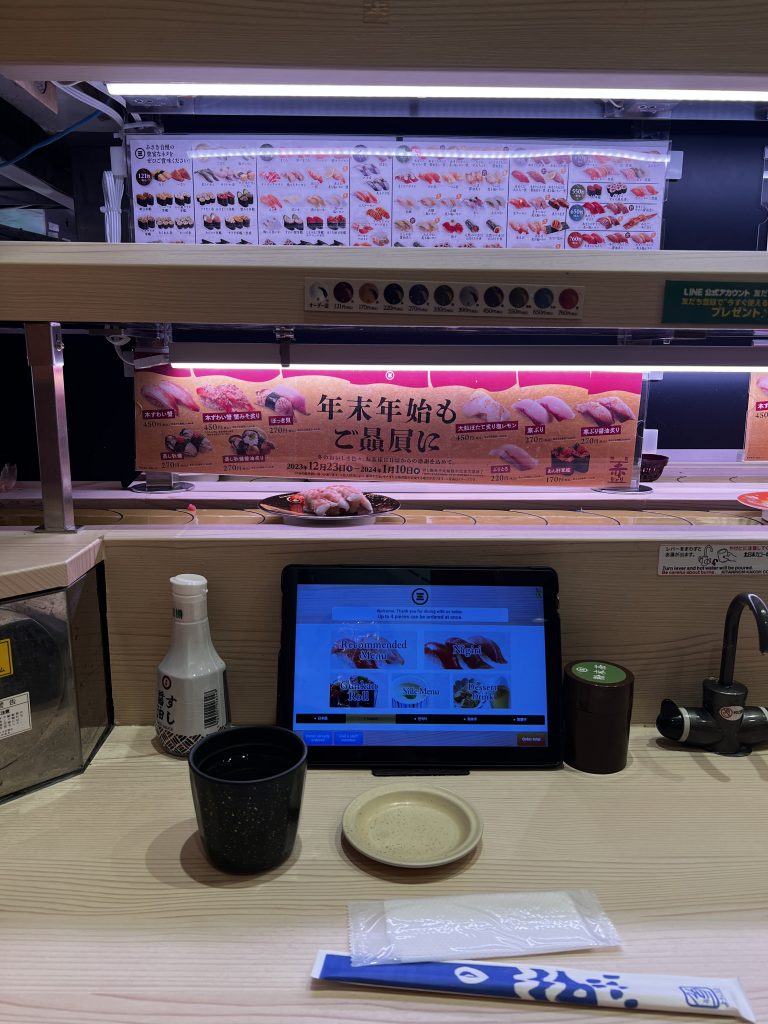
There are more than 200 Michelin-rated restaurants in Tokyo, so you don’t have to worry about expensive food. But if your budget doesn’t include several hundred dollar lunches and dinners, you’re in luck. Any “sushi” in the city will delight you with ultra-fresh fish that you will want to eat forever. Literally: Eat sushi one day and wake up the next day with a burning desire to live like this every day of your trip!
Prices in budget establishments are ridiculous – about 90 rubles for two sushi with excellent salmon, but if you want to try the most expensive bluefin tuna belly, you will have to pay 400 rubles for one sushi. Moscow hasn’t seen anything like this since the 2000s.
Be sure to check the facility where there is a conveyor belt where food plates are delivered. You can pick up whatever you want from the luggage carousel at the airport. Prices are usually written on the electronic menu and vary depending on the color of the plates or what is written on them.
By the way, in such places you can drink matcha for free – on the tables there is a tap with hot water, and among the jars there is green powder for diluting in boiling water.
The rules for visiting ramen shops are also interesting. There is usually a long queue at the entrance, but you have to order from the machine before entering. It’s most likely standing on the other side of the entrance. You need to select a button with the food you want on it (usually some type of ramen, rice, sauce, beer) and pay in cash. For example, a plate of siyu ramen + 5 sauces + a bowl of rice cost me about 660 rubles. Then buy your ticket and take your place in line. Restaurant staff will periodically look around and question those standing to find out how many people need a table. If you’re lucky, you’ll sit down faster than those in front of you.
The most common street foods here are crepes, waffles with different fillings, caramelized fruits, sweet bean filled cakes, fish on a stick (not sweet but regular), chocolate covered bananas and noodles. Everything is not scary, cheap (about 100-500 rubles) and edible.
cafe with animals
Along with the food cult, the animal cult also develops here. Because Japanese people work long hours and live in small apartments, they do not have the time, space or resources to own a cat or dog. They say that’s why “cat cafes” came into being in the first place. Today in Tokyo you can “dine” with almost any animal: capybaras, mini pigs, raccoons, hedgehogs, owls, otters, rabbits, chinchillas, guinea pigs, meerkats and those you have seen only in the zoo before.

For example, you are given 50 minutes to visit a cafe with capybaras. Many cats live in the same room with him, including the famous short-legged munchkins. My biggest surprise is that there is no cat smell in the room as expected, and there are no foreign or unpleasant odors. At the entrance, they warn that animals should not be trapped against their will, hugged or treated disrespectfully.
They don’t say this about the capybara, but when you look at its huge yellow teeth, you realize there can only be one winner. Besides the entrance ticket (about 1,680 rubles), you get some cat food and a plate of chopped grass for the capybara, but for an additional fee you can buy whole herbs that he likes better. Sensing a treat, this huge rodent will leave its stand, remaining indifferent to everything in the room, and come to beg for food. And you can take a million photos that will make all your subscribers on social networks jealous!
By the way, the sensitive attitude of the Japanese towards cats really surprised me. First of all, my Russian soul rushed to catch, caress and kiss all the kittens, the rest patiently waited for the animals to come and start rubbing their legs.
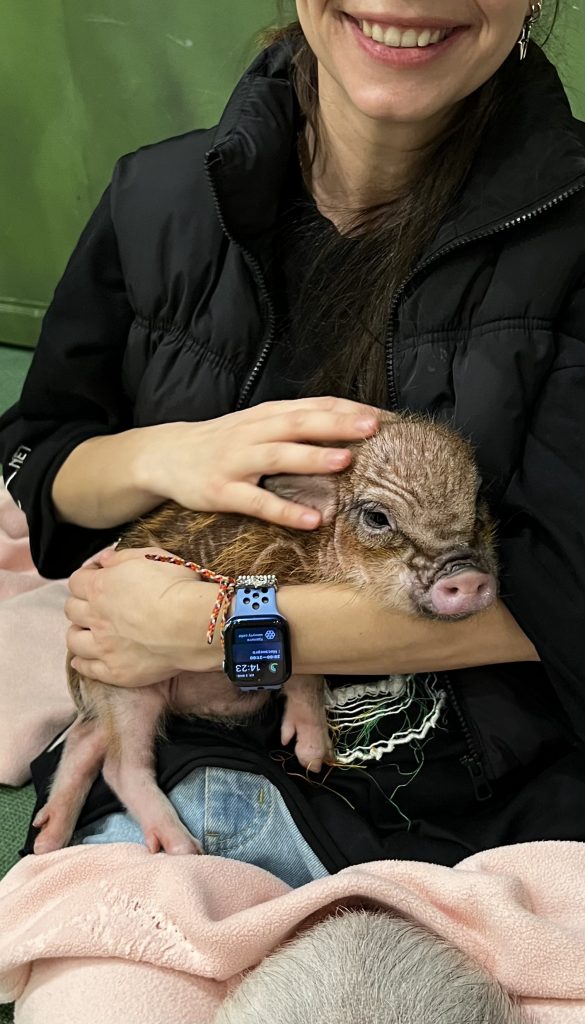
In a cafe with mini pigs, the rules are slightly different. A half-hour session costs about 1000 rubles; Meanwhile, you’re asked to sit on the floor at a table, put a blanket around your feet, and prepare for the fact that in a few minutes there will be a bunch of piglets on top of you. embrace! A maximum of six noses can fit per person (I saw them myself at neighboring tables), they lie on top of each other, constantly chewing something and occasionally growling at each other. In principle, nothing else will happen in this half hour, except the change of piglets on their knees. Here you can buy yourself a drink or a snack, as in a real cafe, but apparently no one is interested in this.
If you are not interested in looking at real animals, you can go to Shinjuku subway station and see how a huge virtual cat lives on the building’s billboard. Hundreds of people come to admire it every day!
Shopping
Japan is famous for its second-hand stores, and if you haven’t heard yet, none of your friends have been there because it’s impossible to ignore this aspect of tourism in the Land of the Rising Sun!
It’s worth throwing all these “dice” and “H&Ms” out of your head for something used luxury. The Japanese love brands (especially Louis Vuitton) and new products, so as soon as something new comes out, they buy an old thing second-hand and buy something new. This is the cycle of things in nature, full awareness and reasonable consumption. They are also very neat and honest, so there is no doubt that the product is in good condition as well as originality.
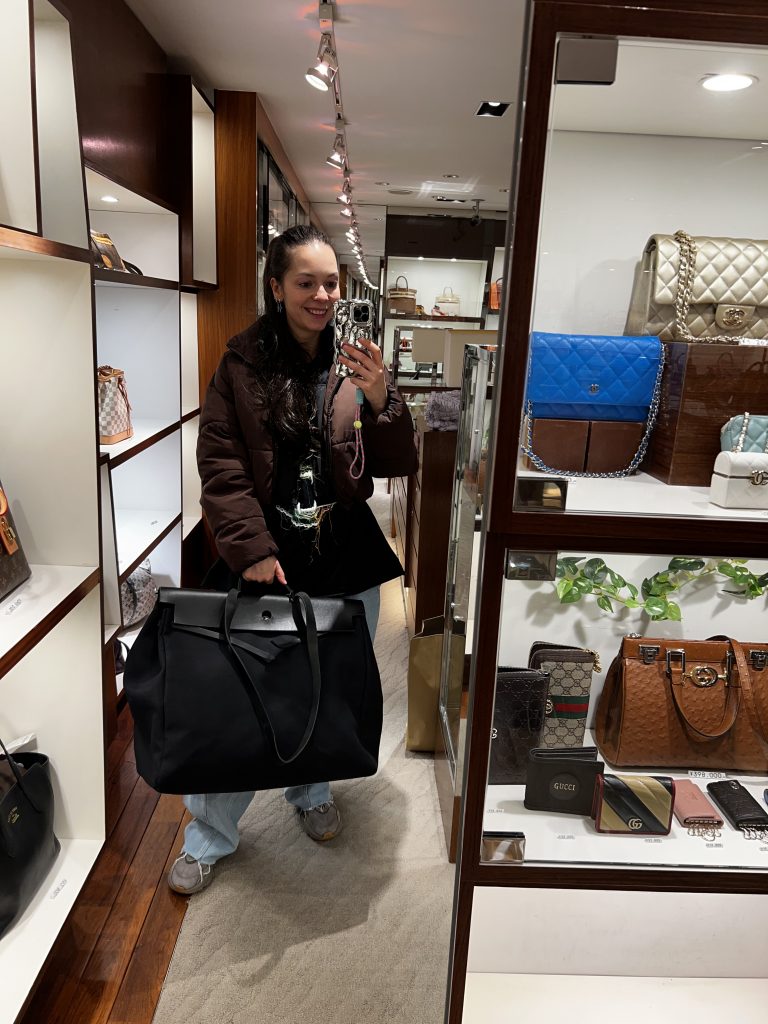
On the map, Mark Ragtag, Kindal, Komehyo, Bring, Rinkan – these stores are located literally in every district of the city, and if you come for shopping, it is worth exploring all of them, as their assortment is different. Between non-chain stores, between the cool Atlantis vintage store, these guys are great at managing social networks, they love bloggers or just people with their phone cameras on and give millions of compliments. There, in one small room, is the largest selection of LVs I’ve ever seen.
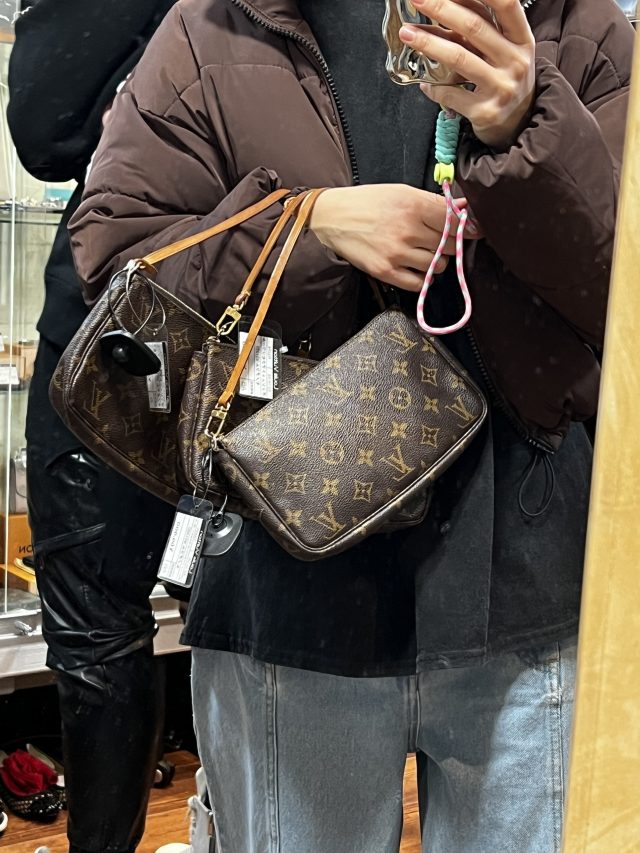
From what I touched with my own hands and brought to my bag: Louis Vuitton Pochette for about 32 thousand rubles, Louis Vuitton Papillon without monograms in red leather for about 38 thousand, small Jil Sander with stones for 19 thousand, horizontal men’s Jacquemus Le Cuerda for about 33-34 thousand.
A nice note: in stores in Japan (even Zara) the tax is immediately deducted from the price at the checkout for foreigners, there is no need to go around the entire airport looking for tax exemption.
Source: People Talk
Errol Villanueva is an author and lifestyle journalist who writes for The Fashion Vibes. With a passion for exploring the latest trends in fashion, food, travel, and wellness, Errol’s articles are a must-read for anyone interested in living a stylish and fulfilling life.

